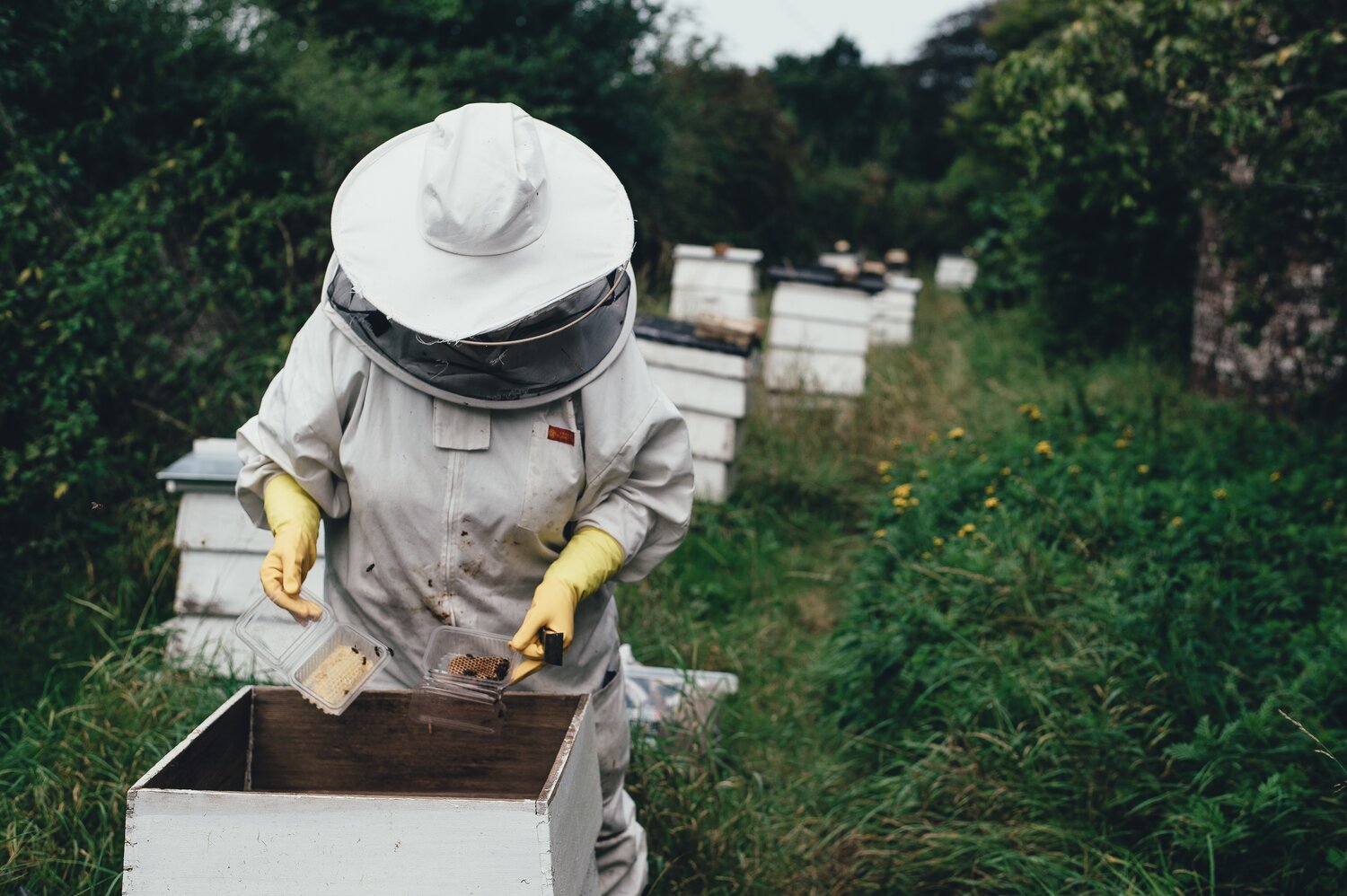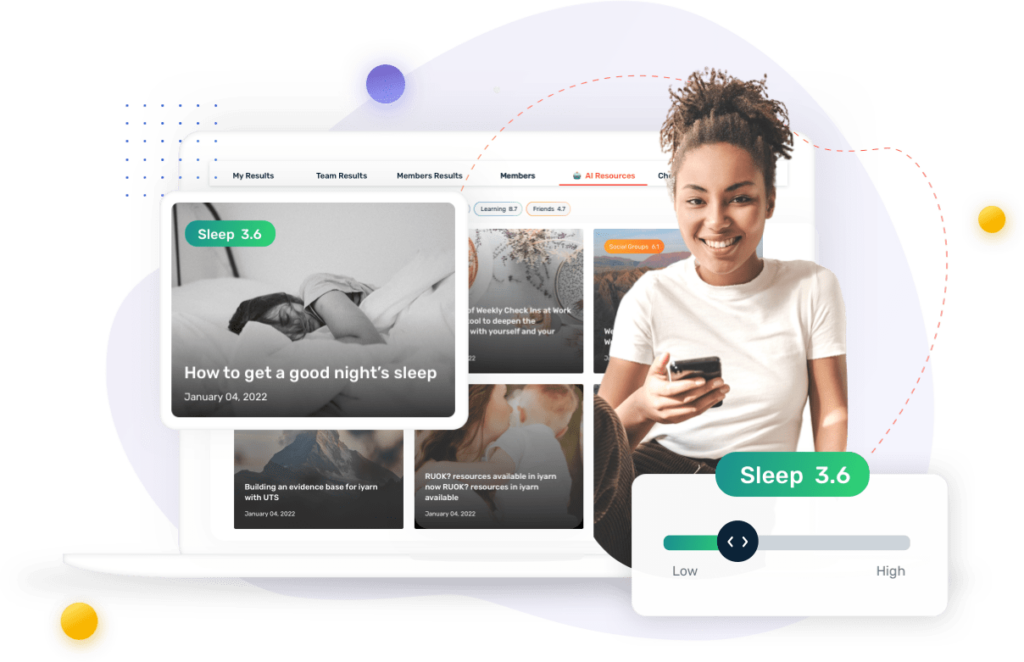Workplace Engagement: 3 Lessons From Worker Bees
Bees first appeared on earth some 130 million years ago and had evolved their famous social lifestyle by about 80 million years ago. So what’s their trick to longevity of an engaged workforce? What can your worker bees learn from actual bees?
Common Purpose
Bee colonies unite thousands of individual members around a common purpose – survival of the colony. Each member of the colony instinctively knows this purpose and the role they need to play in achieving it.
Most people can’t rely on natural instincts to link their day-to-day work to the common purpose of their company. For more esoteric purposes, such as ‘to organize the world’s information and make it universally accessible and useful’ (Google) or ‘to accelerate the world’s transition to sustainable energy’ (Tesla), they’ll need help making this link. And that doesn’t mean plastering the company values on the walls of reception.
How engaged are your employees with your company’s purpose? Pulse surveys are a great way to understand how your people link their day-to-day to the overarching vision of the company, as well as how this develops over time according to events, projects and changes.
The Greater Good
Bees act as a united force. They are not answering to their own egos or individual motives but the betterment of the group. As queen bee of your organisation (or to depart from the metaphor, manager or team leader) make this the focus of assigning responsibilities and deliverables. When celebrating success, hone in on how this elevates the whole company, what positive impact it has for ‘the greater good’ of the organisation. The most satisfying progress comes when this is effectively linked to your common purpose.

Communication
Bees have a unique way of communicating, through dances and pheromones. Their communication is clear, specific, and adaptable to diverse conditions. What is your communication structure that allows for clarity, specificity and adaptability? (We don’t recommend dance or pheromones for human workforces). Creating an environment of communication that can absorb disruption, challenges and obstacles is vitally important to an engaged and productive workforce. Your people need to be equiped with the communication tools to raise issues, ask for guidance, or put new ideas forward.

Modern business can learn a lot from our ancient, honey-making friends. Start with these three lessons to get on track for an engaged an sustainable workforce.




